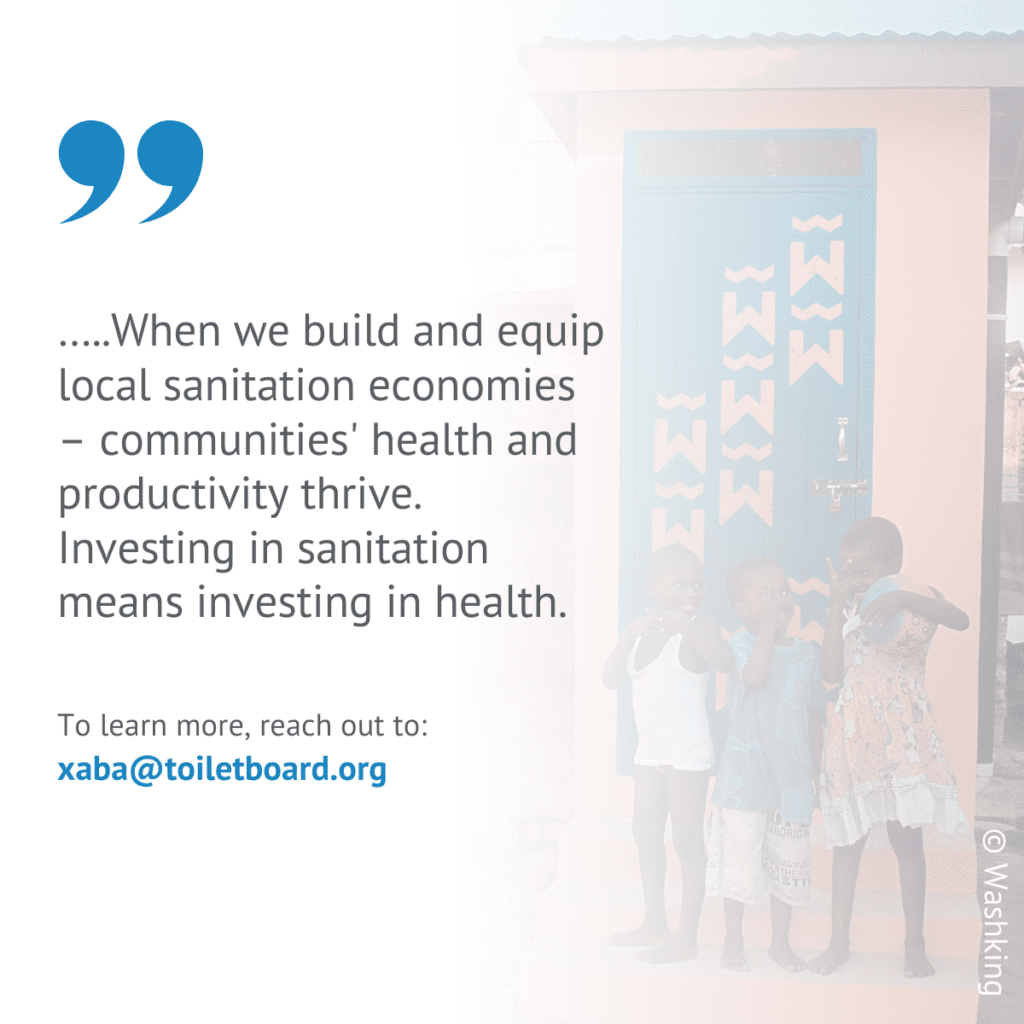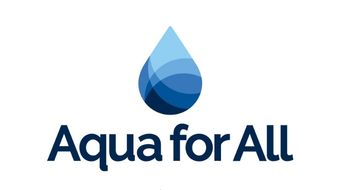Because nearly half the global population lacks safe sanitation, water sources around the world get contaminated with faeces. This results in at least 10% of the world consuming food irrigated with untreated wastewater – leading to an estimated 432,000 diarrhoeal deaths (68.7% of them children under 5 years) each year.[1]
On top of that, the lack of sanitation facilities contributes to other diseases such as intestinal worms and trachoma, and the spread of infectious diseases making it a significant global health concern.
For perspective, just 1 gram of faeces may contain 10 million viruses, 1 million bacteria, 1000 parasite cysts and 100 parasite eggs.
AMR (AntiMicrobial Resistance) is expected to cause 10 million deaths by 2050. [2]
Access to WASH (Water, Sanitation & Hygiene) reduces the risk of bacterial infections which are usually treated with antibiotics, and non-bacterial infections where antibiotics are inappropriately prescribed. WASH access in communities eliminates 60% of sanitation-related antibiotic use[3] – making a significant dent in the potential spread of AMR.
Poor sanitation sabotages the people’s well-being, social development and economic development and costs the global economy around US$222.9 billion in 2015, up from US$182.5 billion in 2010, a rise of 22%.[4]
And yet, for every US$ 1 invested in sanitation, WHO estimates a nearly six-fold return as measured by lower health costs, increased productivity and fewer premature deaths.[5] It may not match the financial returns of other sectors but when the social and environmental returns are considered, investment in sanitation tells quite a compelling story.
According to work done by the Sanitation and Hygiene Fund (SHF) and Toilet Board Coalition, an estimated $22 billion can be unlocked by 2030 in economic gains in five African countries: Benin, Kenya, Nigeria, Sierra Leone, and Uganda through sanitation & menstrual hygiene economies.[6]
The impact investing market currently stands at US$ 1.2 trillion and is projected to reach US$ 269 trillion by 2030.[7]This potential investment, when structured and executed strategically, has the potential to alleviate all the global challenges mentioned above.

At the Toilet Board Coalition, we accelerate business solutions to the sanitation crisis. We work with large multinationals and local small and medium-sized sanitation businesses to accelerate the transfer of intelligence in the business community and unlock the investment and demand needed to scale the right solutions rapidly.
We see this situation from the other side. Sanitation businesses are a front-line of defence against infectious disease and even AMR, so we empower them in that role (toolkit here). When we build and equip local sanitation economies – communities’ health and productivity thrive. Investing in sanitation means investing in health.
And when we collect and treat the waste from sanitation systems, not only do we prevent pollution (and significant GHG and methane emissions) but we capture precious resources that can be treated and upcycled into treated water, nutrients for our soil, energy and a host of other valuable products.
WASHKING is alleviating the threat of diarrhoeal diseases in low-income communities in Ghana. WASHKING builds household and shared toilets that are connected to a biodigester for low-income communities. These toilets are flushing toilets that are fitted with handwash basins for improved hygiene. The shared facilities are digitally enabled through a smart key-lock and payment platform. The company has built over 700 toilets and improved the wellbeing of 6,000 daily users to date.
This is one example from our portfolio, we have 58 more and are building towards an army of 1000 thriving local Sanitation Economy businesses.
[1] World Health Organization : WHO. (2022). Sanitation. www.who.int. https://www.who.int/news-room/fact sheets/detail/sanitation
[2] Toilet Board Coalition. (2023). The Sanitation Fight Against AMR: Toolkit For Public Toilet Owners, Operators and Users. Toilet Board Coalition. https://www.toiletboard.org/the-sanitation-fight-against-amr/
[3] Card Fr. (s. d.). FAODocuments. https://www.fao.org/documents/card/fr/c/ca9120en/
[4] The True Cost of Poor Sanitation : : IRC. (s. d.). https://www.ircwash.org/resources/true-cost-poor-sanitation
[5] WHO (2018). WHO calls for increased investment to reach the goal of a toilet for all. https://www.who.int/news/item/01-10-2018-who-calls-for-increased-investment-to-reach-the-goal-of-a-toilet-for-all
[6] Sanitation and Hygiene Fund (2023), Sanitation economies in five African countries. https://www.shfund.org/media/untapped-sanitation-economies-worth-almost-usd-22-billion-five-african-countries-alone
[7] Accelerating the Sanitation Economy and Menstrual Hygiene Marketplace.
United Nations (2023) https://sdgs.un.org/partnerships/accelerating-sanitation-economy-and-menstrual-hygiene-marketplace

Author: Lindelani Xaba, Accelerator and Pipeline Manager at the Toilet Board Coalition






